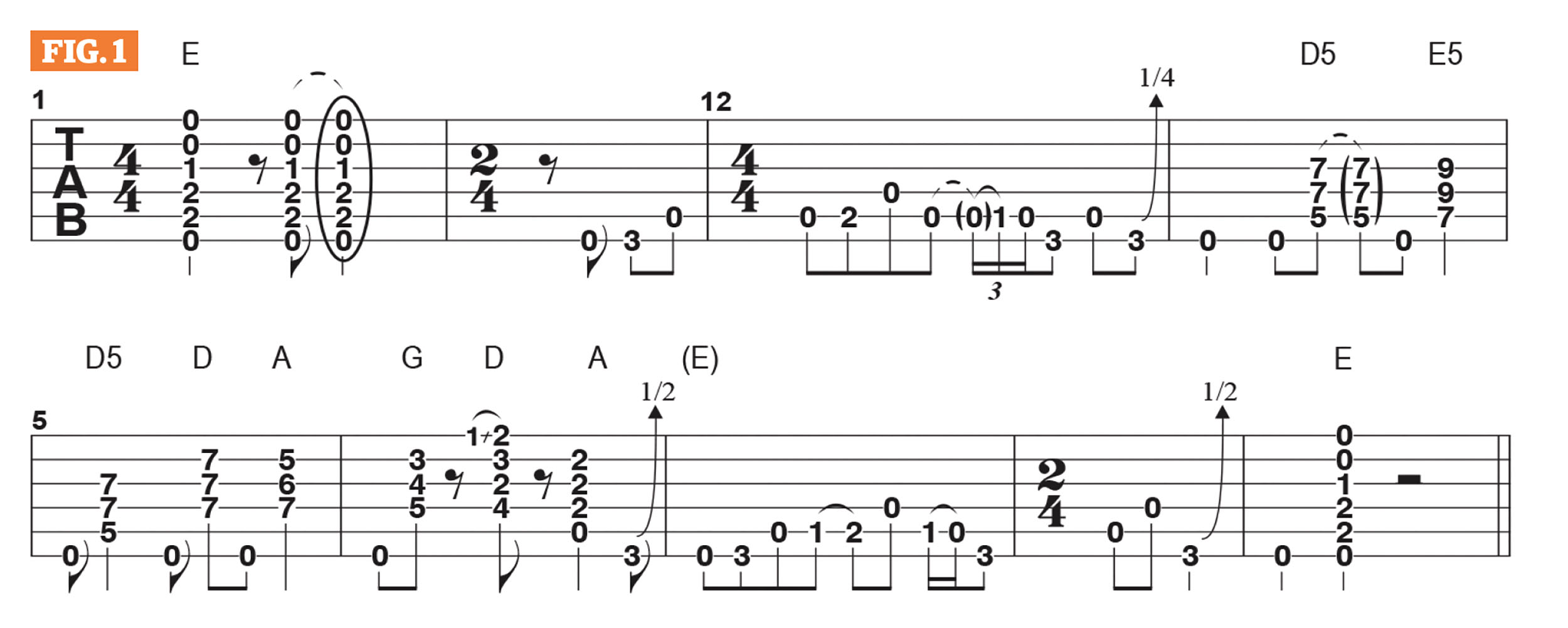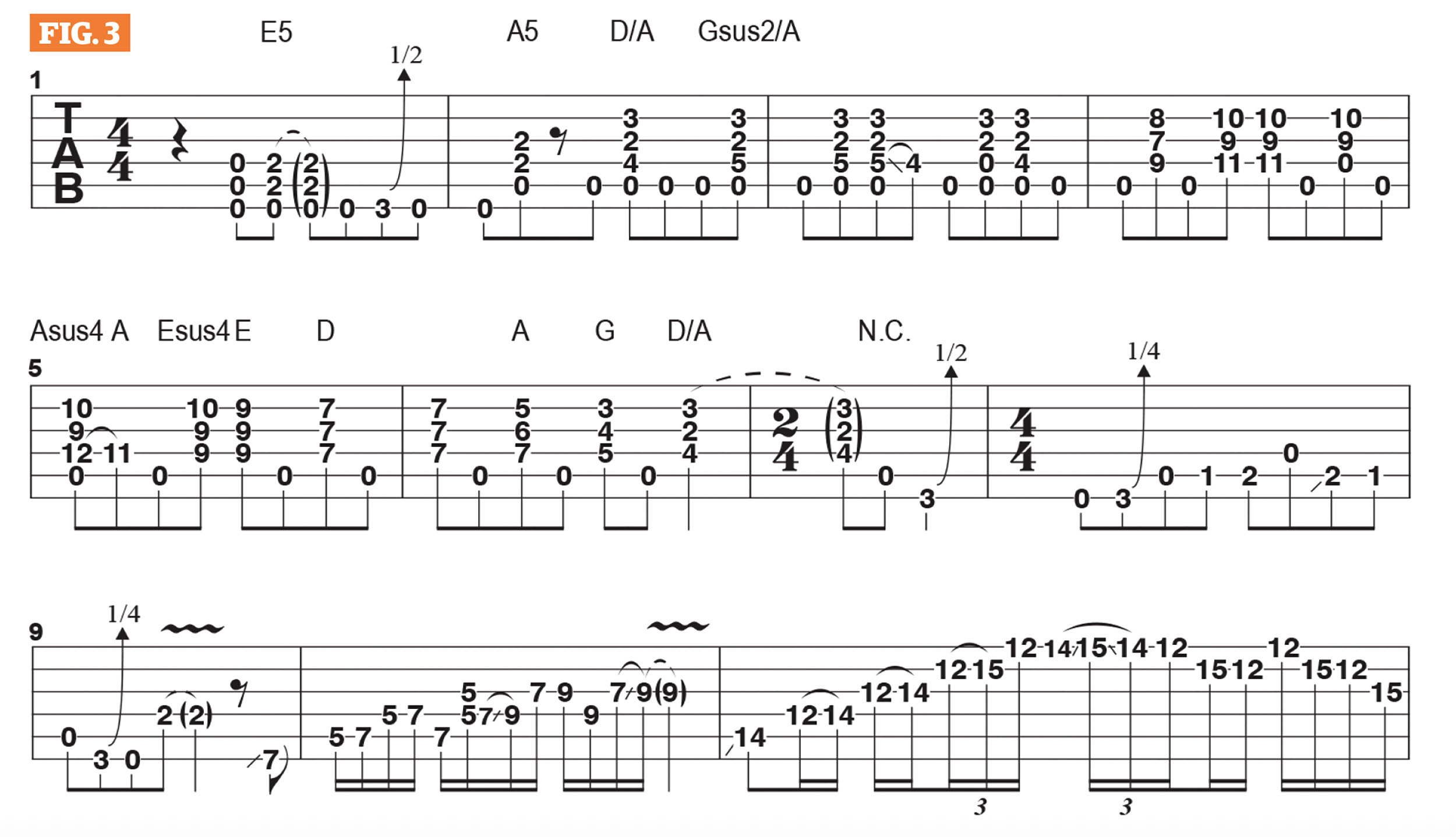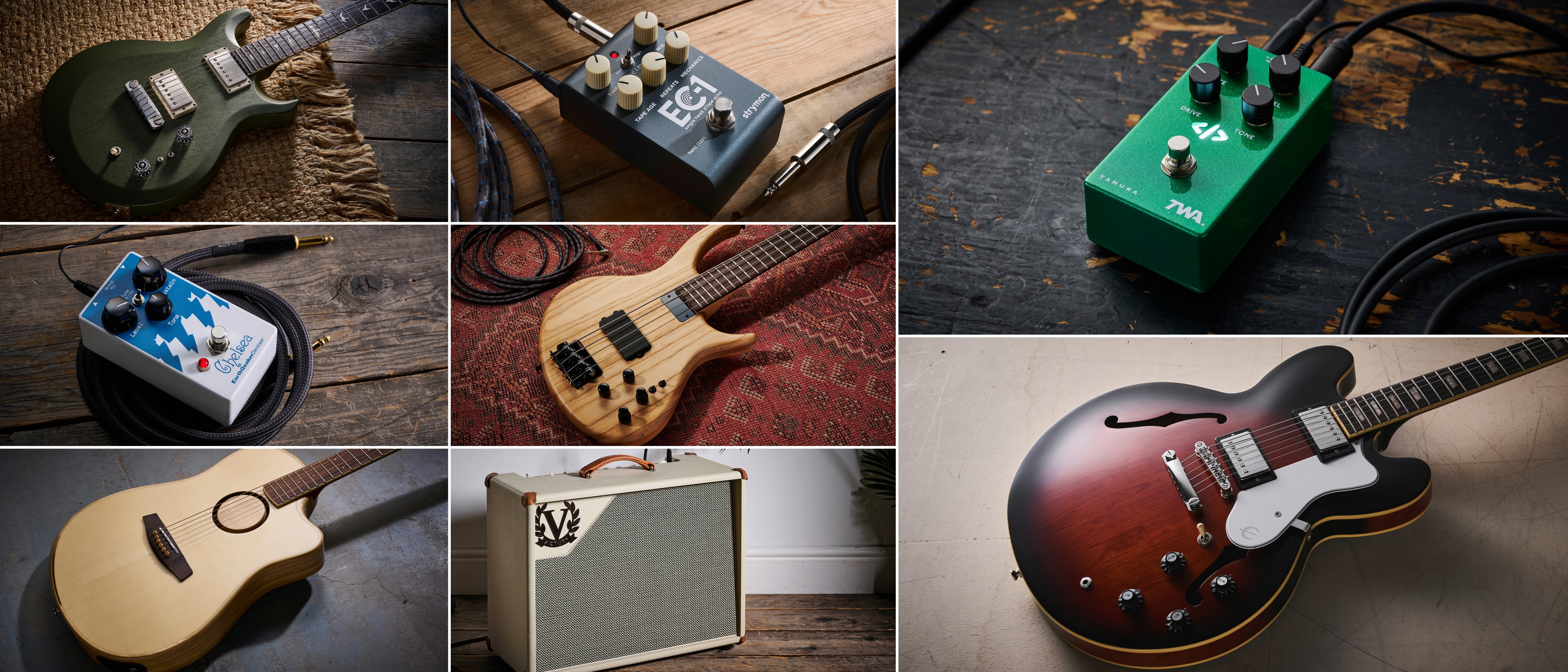“These guitars are not just for blues lawyers – you can rock with one of these”: Joe Bonamassa on the vintage Gibson that makes a great power chord guitar
What makes the Gibson ES-350 so good for rock? Bonamassa says they are a real live wire, with “a lot of pop” and no shortage of low-end
Though obviously not thought of in this way, the Gibson ES-350 is a great instrument to use for rock rhythm guitar playing.
With its hollow body and two-pickup design, it’s similar to the Gretsch 6120, which Pete Townshend used nearly exclusively for the guitar parts on the Who’s seminal Who’s Next album. Those gigantic rhythm guitars you hear on Won’t Get Fooled Again and Baba O’Riley were, surprisingly, recorded by Pete on a 1959 Gretsch 6120.
I will often use the ES-350 in the same manner. The necks on these guitars are skinny and narrow, so the strings are actually a little closer together, as compared to other Gibsons, and it features “narrow-spaced” PAF pickups, wherein the screws are closer together.
These guitars may not be for everyone, but they’re great “power chord” guitars, and I will often use them in the studio for that purpose.
As shown in Figure 1, I put the guitar in the bridge pickup position and play through a series of single-note licks based on the E blues scale (E, G, A, Bb, B, D) before moving into three- and four-note chords played in a syncopated rhythm against the open low E string.
These guitars are great for rock rhythms because they have a great sparkle to them, and the larger hollow body allows a little bit more bass to come out, as compared to an ES-335. In Figure 2, I embellish E5 power chord accents with single-note phrases, switching to sliding 6ths in bar 2, and then move between A5 and D/A chords in bars 4 and 5.
If you turn up the amp and use distortion, these guitars will howl with feedback due to the hollowbody design, so you have to mute the strings as necessary.
All the latest guitar news, interviews, lessons, reviews, deals and more, direct to your inbox!
Figure 3 offers a long, 13-bar example that begins with power chords in bars 1-7. The single-note riff in bar 1 gives way to syncopated chords played against the open A string in bars 2-6, as I move freely between various voicings of A5, D/A, Gsus2/A, G/A, Dsus2 and Esus4 up and down the neck, pounding out the open-A pedal tone in steady eighth notes.
Pete Townshend was a master of devising rhythm parts played with this kind of “pedal tone against shifting chords” approach.
In bars 7-9, I switch to single-note lines based on the E blues scale, and then in bars 10-13, I move into fast, solo-type phrases based on E minor pentatonic, (E, G, A, B, D), and the E blues scale, with the inclusion of the 2nd/9th, F#, in bar 10.
These guitars are so lively and have a lot of “pop” to the sound, but they also have a lot of body and low-end that fattens up the single notes in a great way.
These guitars are not just for blues lawyers – you can rock with one of these! They may not be thought about that much anymore, and this is why I wanted to bring your attention to the rock ’n’ roll magic of an ES-350.
- Breakthrough is out now via J&R Adventures
- This article first appeared in Guitar World. Subscribe and save.
Joe Bonamassa is one of the world’s most popular and successful blues-rock guitarists – not to mention a top producer and de facto ambassador of the blues (and of the guitar in general).
You must confirm your public display name before commenting
Please logout and then login again, you will then be prompted to enter your display name.





